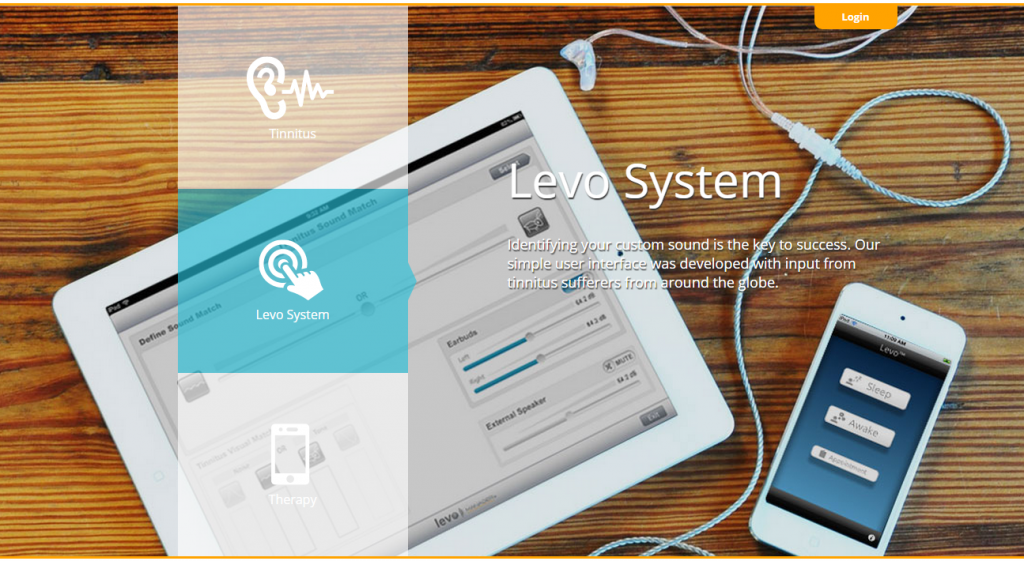Last week I discussed the advantages and motivations for engaging with Digital Health. This week I examine the extra regulatory hassles and technical challenges. I also share a video of a panel discussion with StarFish Medical president, Scott Phillips, Kenneth MacCallum, Principal Engineering Physicist, and Sal Sanci from our Software Engineering Group that I recently moderated on these subjects.
Digital Health regulation has been an area with some uncertainty – never a pleasant regulatory feeling – but clarity is definitely improving. Pragmatism is currently prevailing at the FDA and advantage can be taken of this if you give careful consideration to the overall system architecture.

HIPAA (Health Insurance Portability and Accountability Act) must be part of any architecture. Separating medically sensitive information from valuable marketing data is important to address the twin concerns of patient privacy and minimal burden for the business.
A number of routes are available to reducing other regulatory burdens, most beginning with M. If you can describe at least part of your solution as a Mobile Medical App (MMA) or Medical Device Data System (MDDS) that will help.
As will being a low risk accessory to a higher risk prime device. You will need to validate your solution to several FDA Guidances – including those for Cybersecurity. The physical device itself must meet IEC-60601 (or equivalent); this can be difficult to maintain on rapidly changing consumer hardware and so needs to be part of the regulatory strategy. Anything wireless needs to meet FCC, CE and equivalent emissions criteria. And your software must be carefully architected using a methodology such as IEC 62304.
Of course, there is a regulatory benefit to having a connection path to your users when it comes to the challenge of Post Market Surveillance: just be careful that you have a regulatory management process to capture and deal with the events that your data contains.
If you are going to be using Apple’s App Store to release part of your solution, their approval will feel similar to the uncertain wait for regulatory approval of your submission. If your approach is at all novel, Apple can seem like another regulatory body – but much less transparent!
There are a number of interesting ways to bring your app to market while providing more control than is available through the standard consumer App Store. For example, we had an audiology device where the client wanted to control access to medical aspects of their app for end-users. By working with a couple of Apple’s enterprise solutions, we were able to do that for them.
What about the technical challenge of all this? Well, as you might imagine, it depends. In my experience, even the most complex and audacious goals are possible provided you uncover and address the constraints from the beginning and take a considered approach to design a robust system architecture up front.
The engineering effort associated with defining the essential device and bringing it to launch readiness will vary with the complexity. In our experience, most challenges are solvable with good consideration and engineering design. We have long experience of taking sensor data (for instance, reflected ultrasound), giving it meaning (whether image or, say, stiffness plot) for a trained professional to read either directly on the instrument or across a network.
The major difference that we see today is the pervasive availability of computing power (whether the patient’s own device or a consumer tablet that you distribute as the computing platform), and of network connectivity to storage and online processing. These bring opportunities to implement elegant solutions for limited and incremental investment.
There are many routes to get the data off the device: both wired and wireless. Wired connections can use USB or other conventional protocols as well as various clever uses of the audio port. Wireless connections offer a plethora of formats: local Bluetooth (where standards are always improving) or alternates, Wi-Fi using available network access or cellular where Wi-Fi is less available.
As a side note, the pervasive network availability through Wi-Fi or cellular networks is finally meaning that adoption blockage by the hospital IT department is becoming less and less significant.
John Walmsley is a former StarFish Medical Vice President of Product Development where he led a team of innovative medical device experts. John’s next blog touches on what happens when patients have ‘digital’ access to research and can bring their own diagnosis to the table: Check out The Patient Will See You Now by Eric Topol. Kim Goodsell’s story is particularly inspiring.
Image: Levo Medical Corporation